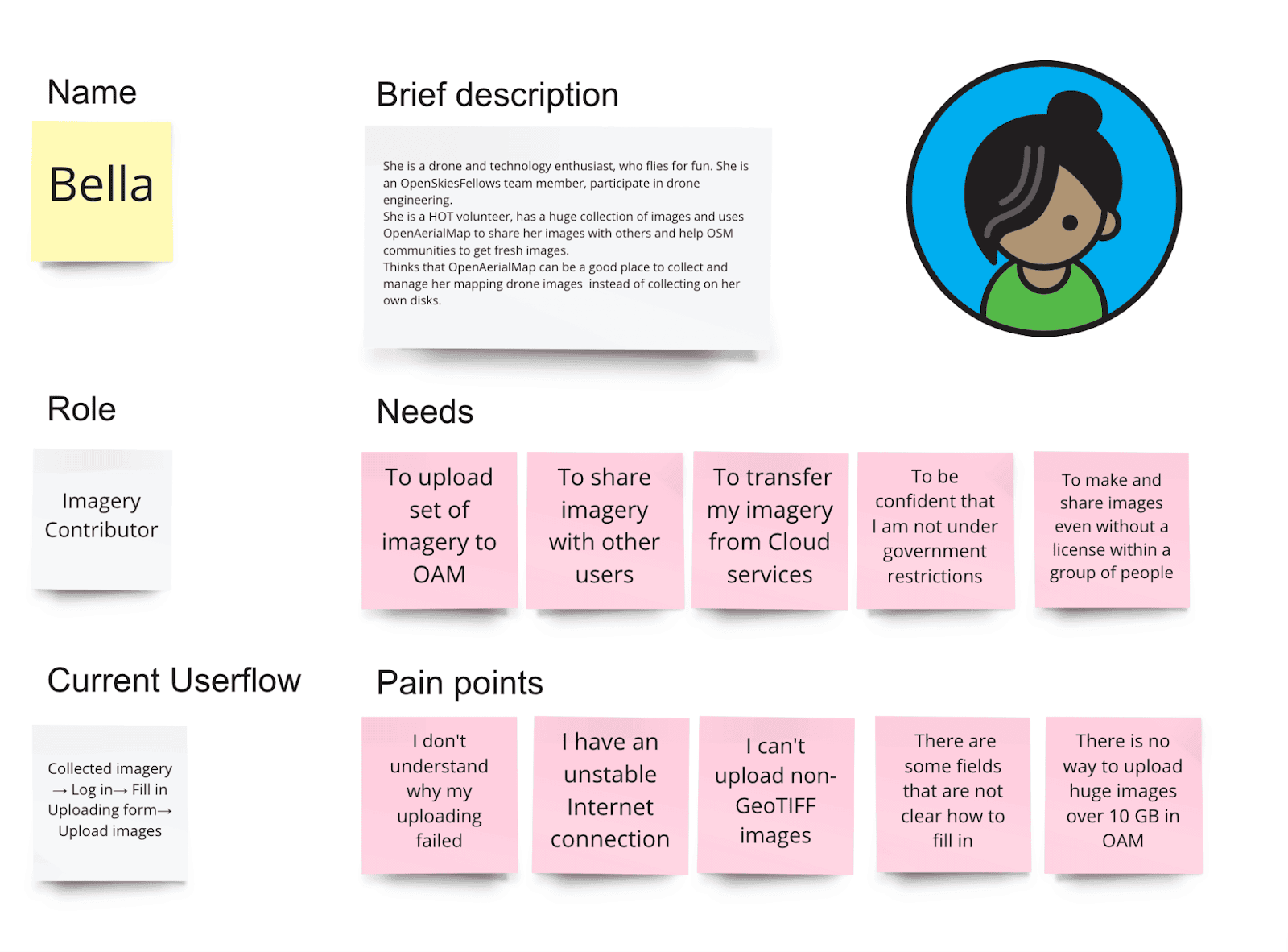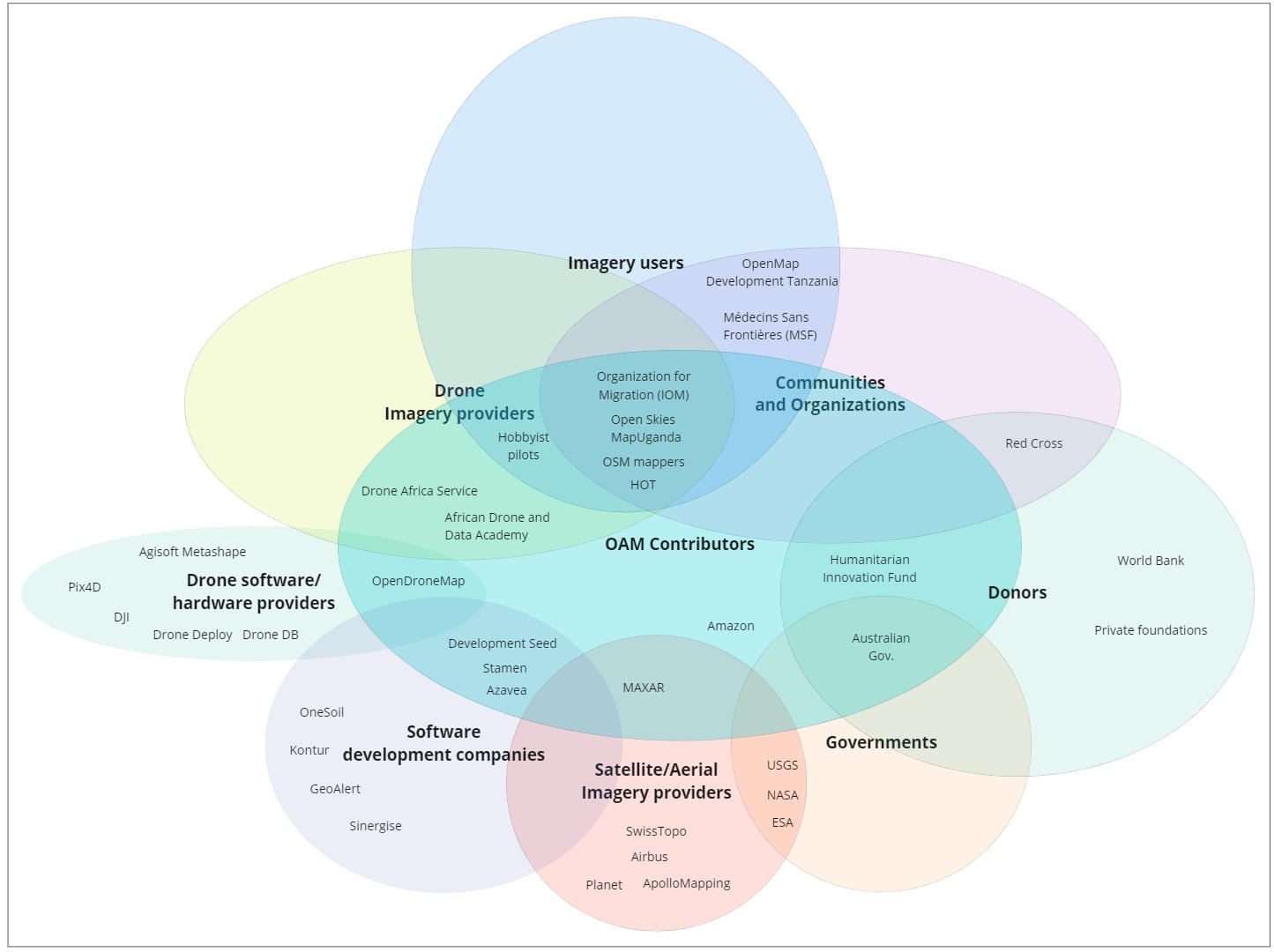Why You May Need UX Research
Low User Engagement
If your product or service experiences low user engagement, it’s a clear sign that users might be dealing with difficulties or frustrations. UX research can uncover these pain points and provide insights on how to enhance user experiences.
High Bounce Rates
High bounce rates on your website or app suggest that users are leaving quickly without meaningful interactions. UX research can help pinpoint where users are dropping off and why, leading to improvements that retain users.
Negative Feedback
Consistent negative feedback from users indicates usability issues or unmet needs. UX research can identify the root causes and guide improvements that address these concerns.
Lack of Conversion
If your conversion rates are lower than desired, UX research can identify barriers preventing users from completing actions, such as signing up or making purchases.
Competitive Struggles
If your competitors offer more user-friendly alternatives, it’s a sign that your product might need a better user experience. UX research can help you catch up and surpass your competition.
Unclear User Pathways
If users struggle to navigate your product or find key features, UX research can clarify user pathways, improving information architecture and ensuring intuitive interactions.
Feature Overload
Too many features can overwhelm users and make your product or service hard to use. UX research can identify which features are most important and improve the user experience.
Limited User Data
If you lack data about user behaviors and preferences, UX research can provide the insights needed to design and tailor your product effectively.
The Power of UX Research
What is UX Research?
User Experience (UX) research is a systematic process aimed to understand users’ behaviors, preferences, and interactions with products, services, or digital platforms. It involves methods such as user interviews, surveys, usability testing, and more, to gather insights into user needs and pain points.
Having a primary and decisive position within the development process, UX research defines the direction to user-centered design. Uncovering user behaviors and motivations, it equips businesses with the foresight to anticipate user expectations and address their pain points. From describing user personas to validating design assumptions, UX research empowers informed decision-making, optimizes development, and contributes to a deeper connection between users and products or services.
Why is UX Research important?
In today’s competitive environment, delivering exceptional user experiences is no longer an option but a necessity. By considering UX research, businesses can avoid costly redesigns, reduce usability issues, ensure alignment with user preferences, and ultimately create offerings that can succeed in the market. UX research empowers organizations and businesses to:
Customer-Centric Design
Gain deep insights into user motivations, behaviors, and expectations, allowing you to tailor your offerings to meet their needs effectively.
Informed Decision-Making
Base strategic decisions on data rather than assumptions, resulting in products and services that align with user demands.
Competitive Advantage
Stand out in the market by delivering experiences that surpass competitors, positioning your brand as a leader in user-centric innovation.
Reduced Costs and Risks
Address potential issues and areas of improvement early in the design process, saving resources and mitigating the risk of costly redesigns.
Enhanced Engagement
Create intuitive and user-friendly interfaces that keep users engaged and satisfied, leading to increased retention and loyalty.
Real case of UX Research

OpenAerialMap redesign project is a bright example of insightful UX research in our portfolio. We applied human-centered design thinking methodology to gather users feedback, understand their needs along with pain points and propose design solutions that can help OpenAerialMap to become an ultimate tool for drone and satellite image publishing and analysis.
During the redesign project, after interviewing stakeholders representatives and feedback analysis, we found problematic areas of the product, made prototypes with design proposals and tested it with real users. In the future, results that we’ve got can be taken by design team to develop approved solutions and transfer it to development team.
Methods and project results are fully described in the blog post.
UX Research Services You Will Get
Evaluating the organization and structure of information within your product or service, ensuring seamless navigation and intuitive access for users.
Visualizing the complete path users take while interacting with your product, uncovering pain points and opportunities for enhancing their experience.
Engaging directly with users to gather insights into their motivations, preferences, and challenges, helping you tailor your offerings to their needs.

Creating detailed user personas that represent your target audience, which help in designing for specific user behaviors, goals, and characteristics.

Crafting visual narratives that illustrate user interactions and scenarios, which help to envision user experiences and identify potential bottlenecks.
Building interactive prototypes of your product or service, allowing you to test and refine concepts before investing in full development.
Conducting controlled user testing sessions to observe how users interact with your prototypes or existing products, uncovering areas for improvement.
Compiling research findings into readable summaries and actionable guidelines for development teams, ensuring that user insights are effectively translated into improvements.
These services collectively form a comprehensive UX research framework, enabling you to create products and services that resonate deeply with your target audience, ultimately driving user satisfaction and business success.




